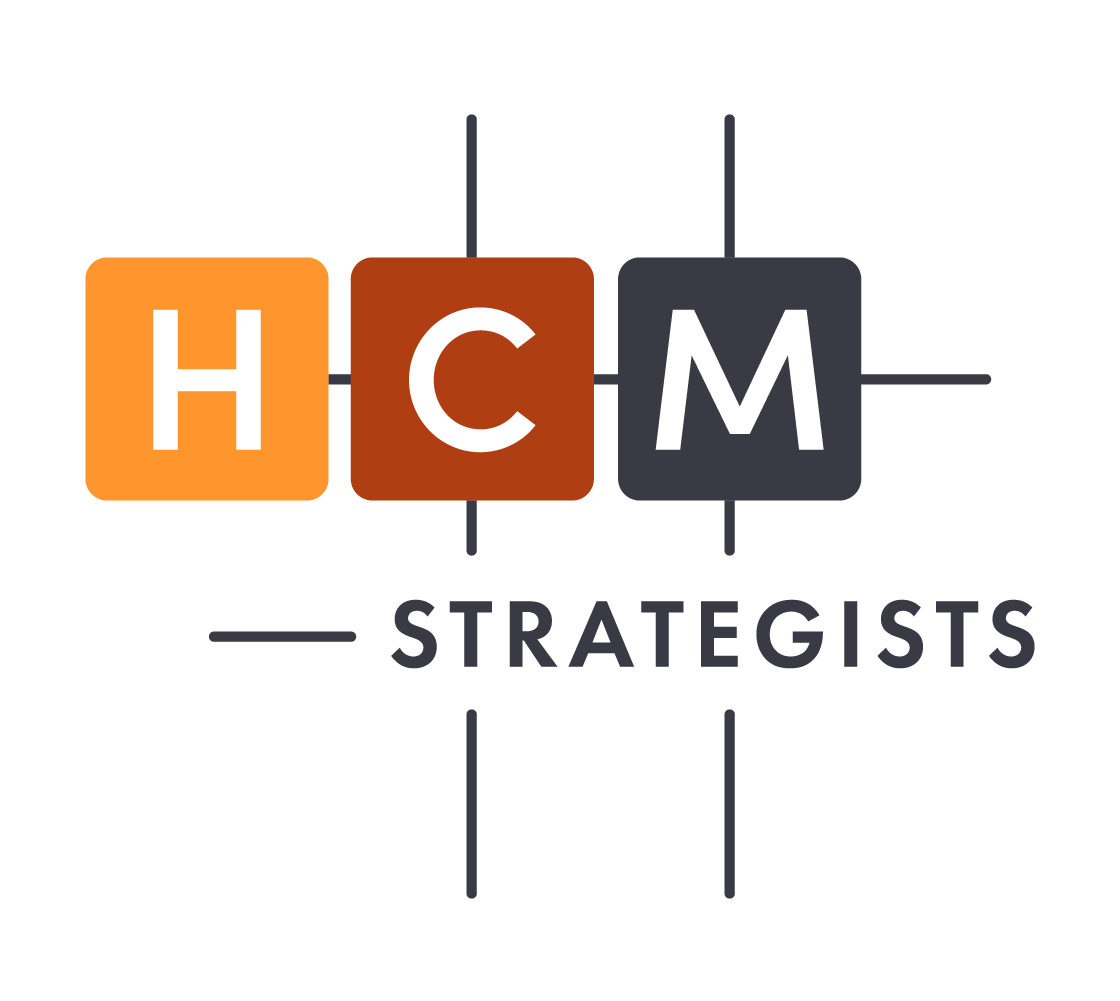New Blog! Building a Future of Opportunity: The Transformation Imperative in Postsecondary Education
By Martha Snyder and Jessica Collis
As we close out 2024, state and federal finances, demographics, and technology-accelerated workforce transitions compel our colleges and universities to face a transformation imperative. In doing so, they can restore public confidence, protect and improve college affordability, and advance core tenets of a thriving democracy, reflected in an informed and engaged society and a thriving economy.
Public skepticism about the value of postsecondary education has been on the rise, largely driven by concerns over affordability and relevance. Fifty-three percent of adults want to be confident in the value of their degree, and 85% of unenrolled adults identify cost as the reason for not pursuing a degree. Prospective college goers want to ensure that they know what they are paying for and that their degrees will lead them to a good job or career in order for it to be “worth it”.
Some of this could be driven by general perception — headlines about the sticker price at colleges, particularly the most elite, and the student loan debt crisis have been a centerpiece of national dialogue for over a decade. However, we don’t often hear the news that the “net price” paid by students at public colleges has been on the decline over this same period of time. Perhaps this is, in part, because a more positive outlook doesn’t drive as much attention or “clicks.” Perhaps, it is because the concept of “net price”, the cost learners are expected to pay to attend college after financial aid is applied, is not well understood or transparent. Or, perhaps it is that, while costs are down in the aggregate, they remain a significant barrier to postsecondary access for many individuals, particularly those in lower and middle income brackets.
Our latest finance brief, Beyond Sticker Prices: How States Can Make Postsecondary Education More Affordable, analyzes financial aid programs and affordability-related data in nine states. This analysis, which looked across regions, populations and various financial aid models, illustrates the significant variation in affordability across states, institutions and income brackets. In some states, even two-year colleges provide significant cost barriers to students. For example, the lowest income community college students in Louisiana, Ohio, Oklahoma, Texas and Virginia, face average net prices over $6,500, representing over 20% of family income.
Couple this with data that show increases in the unemployment or underemployment of recent college graduates and it is no wonder there is doubt in our higher education system.
The public is looking for alternatives and seeking something different from higher education. They are asking for innovation and delivery that responds to the speed of the demands of the economy and workforce. They are asking for value, reflected in a combination of affordability, accountability and quality. Put simply, they are asking for learner-centered and value-driven transformation of higher education.
High schoolers and adults without degrees alike are telling us that they want credentials that are knowledge- and skills-driven and provide them with job and economic security. And higher education IS innovating to meet learners where they are. One example of this desired transformation is reflected in the steady increase in investments and policies targeting shorter-term, workforce aligned credentials. Even in the context of strong, often partisan, debates about higher education, we have seen a unique area of agreement and willingness to invest in short-term, industry-aligned credential programs. This signals the desire for an education system that is connected to labor market needs and provides the skills and training required to close employment gaps. States continue to prioritize delivering these types of credential pathways, as 10 initiatives in eight states have been launched to better serve and support workers and learners this year alone. These initiatives demonstrate that higher education is being intentionally tied into and being utilized as part of the equation for states to meet their workforce and economic development goals, and thus are creating ways for earning a credential more accessible and affordable for their residents. Institutions have responded to these investments, aligning offerings to the resources and workforce needs, and supporting the enrollment and completion of learners.
But this simply isn’t enough. While short-term credentials, particularly when aligned to the skills and needs of the workforce, respond to concerns of relevance and affordability, we also know that these investments and the credentials they support can not be the only answer. According to most data, a bachelor’s degree is still considered the most reliable pathway to entering the middle class, providing access to higher paying jobs and longer-term job security. This promise is only true, however, if access is seen as affordable, timely, and relevant.
Public confidence in higher education will not be restored through incremental change done on the margins of the broader higher education system. In fact, by not embracing a more comprehensive shift, higher education puts itself, and the promise of economic mobility it offers, at risk. It is time for a transformation of our higher education system that leans into value. A transformation that requires states to establish a transparent measure of affordability, and align investments accordingly. A transformation that cultivates leadership and supports, but also holds institutions accountable, to evaluating their programs and supporting students. A transformation that ensures quality, measured through social and economic mobility. Failing to do so risks deepening disparities, eroding public trust further, and ultimately forfeiting the role and promise of higher education as a pathway to opportunity and long-term prosperity.



